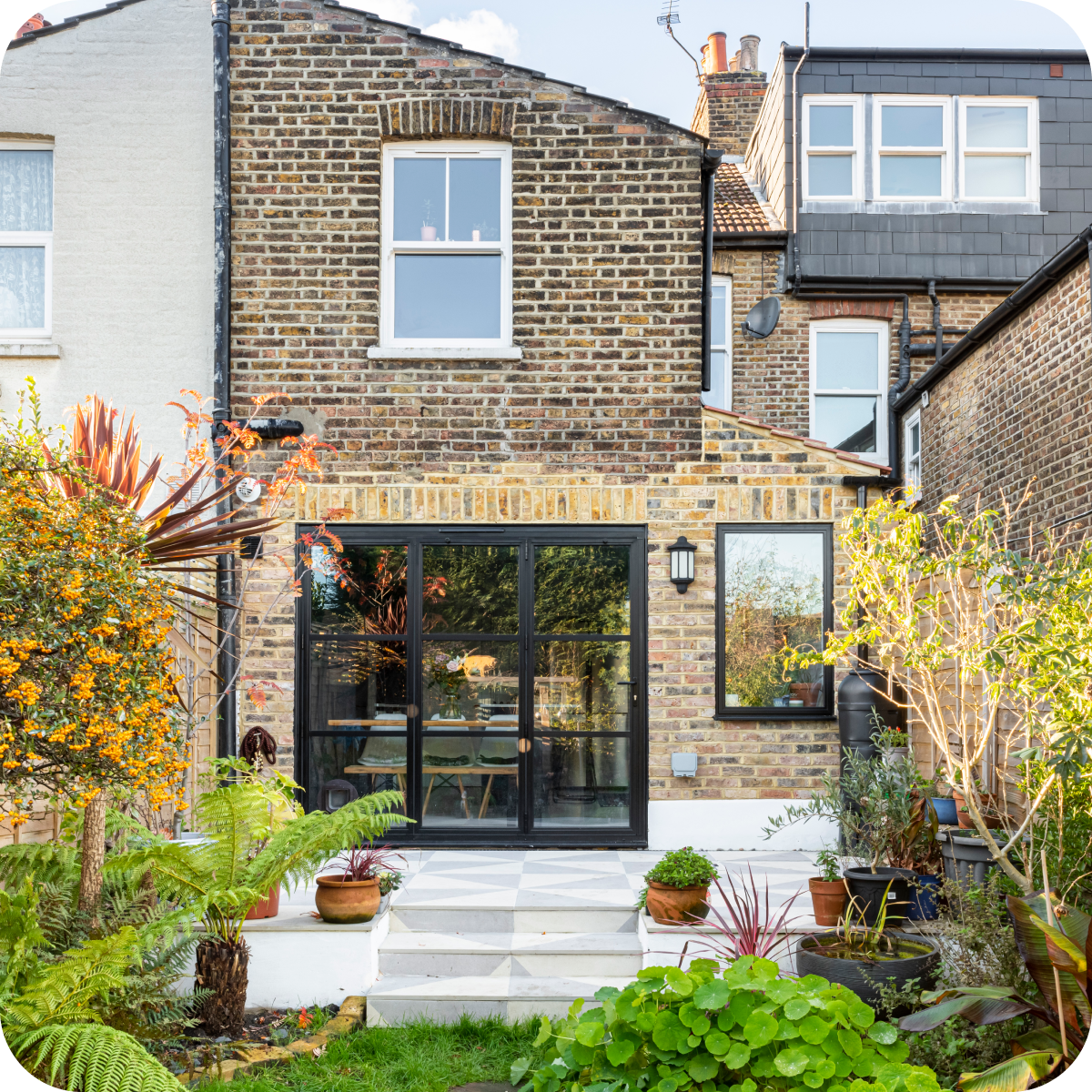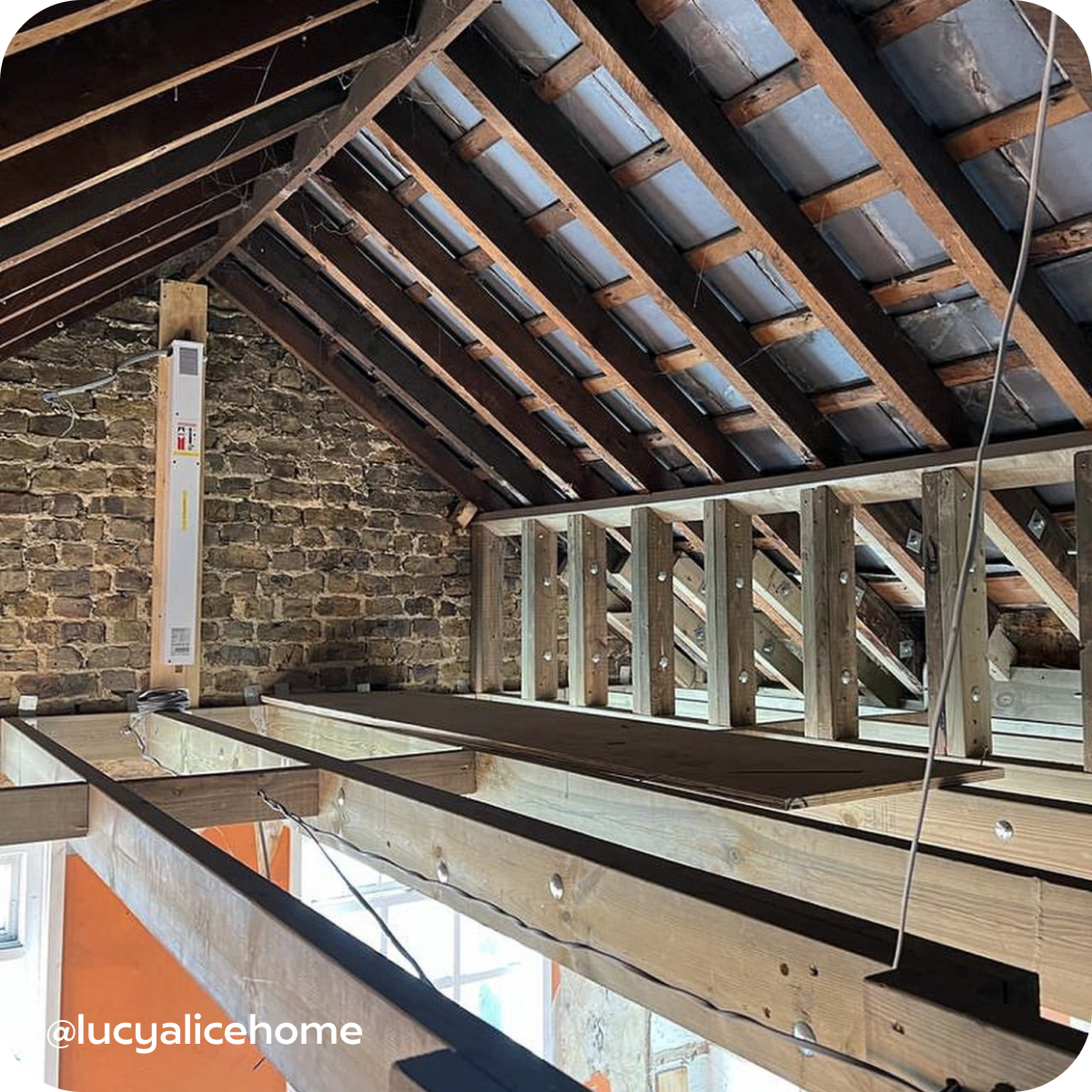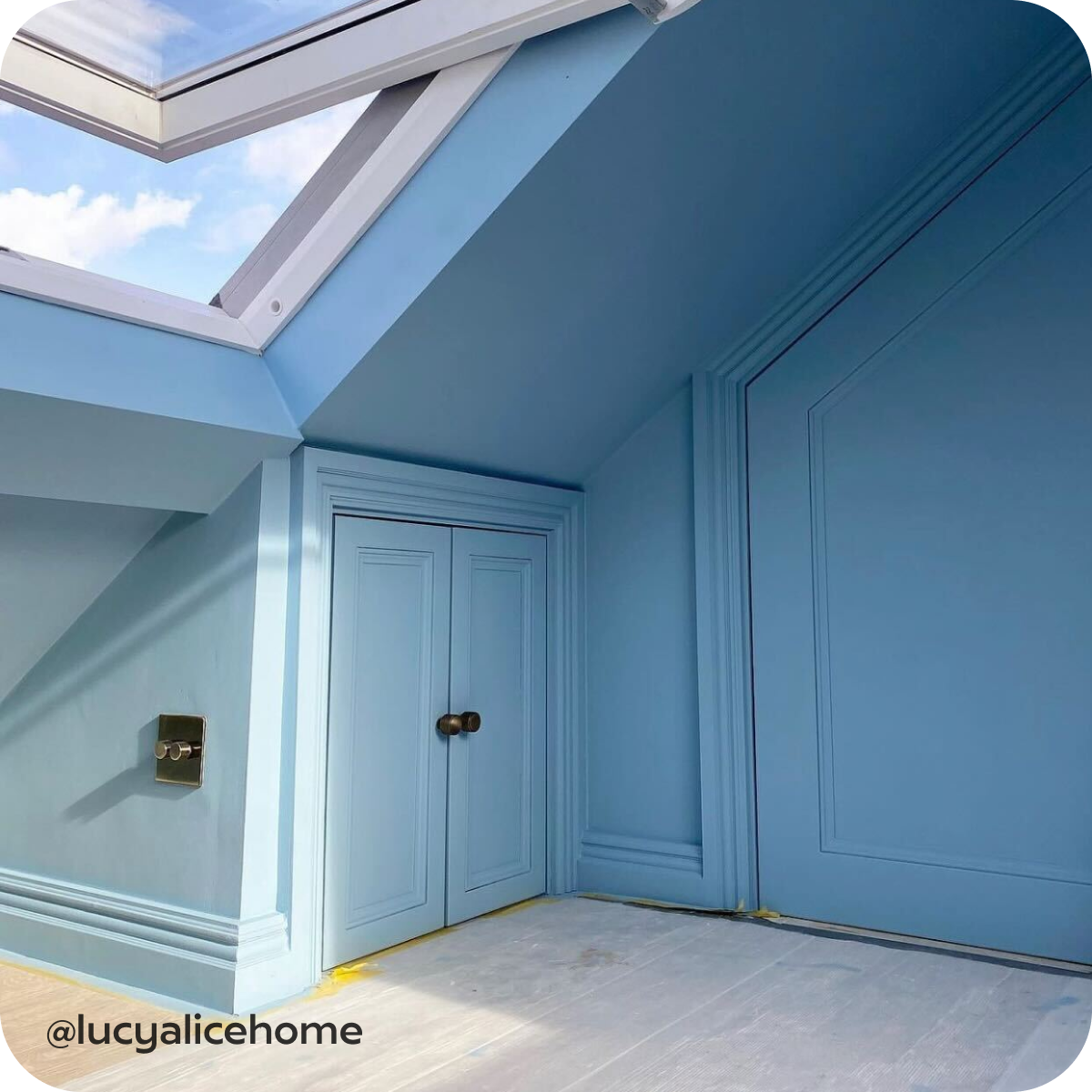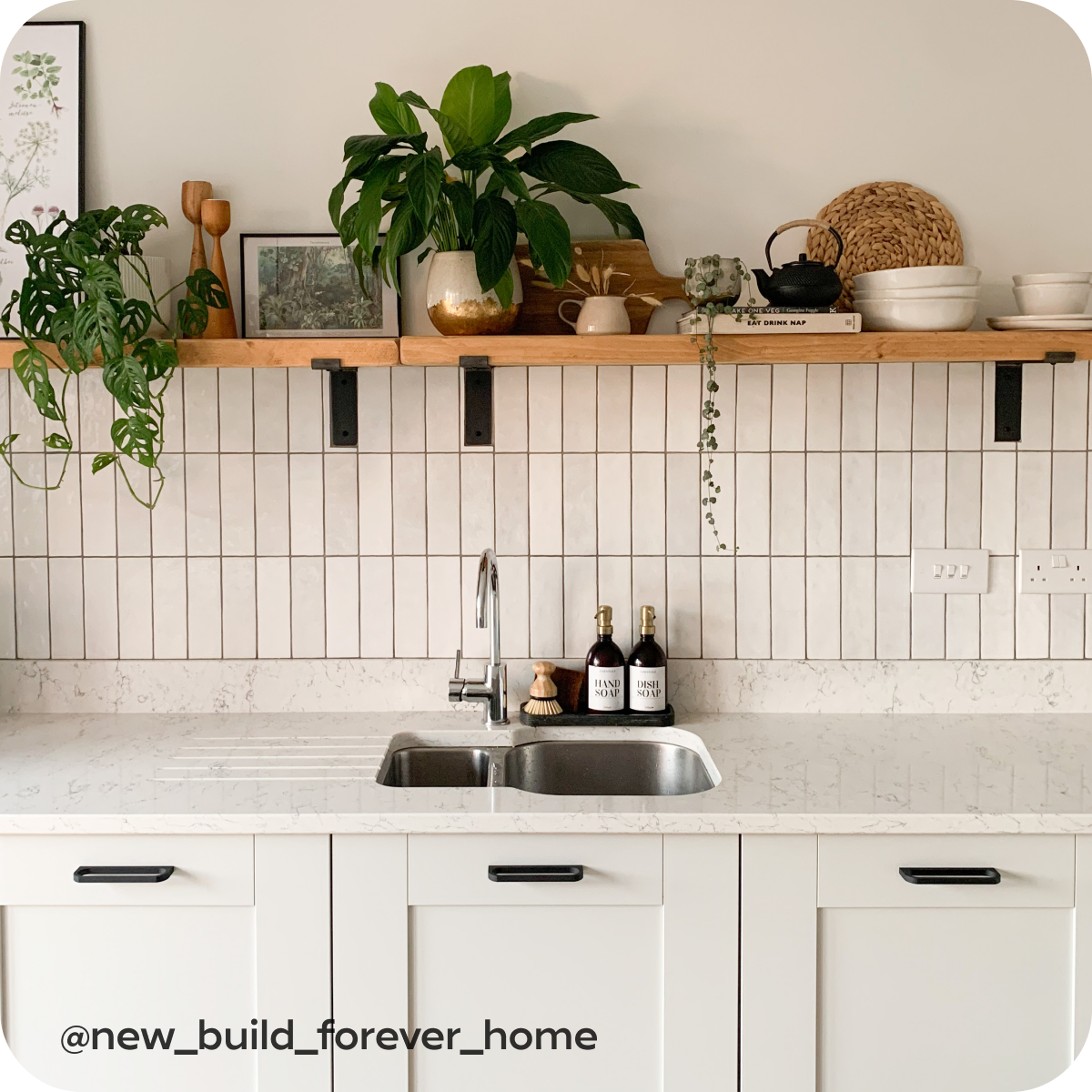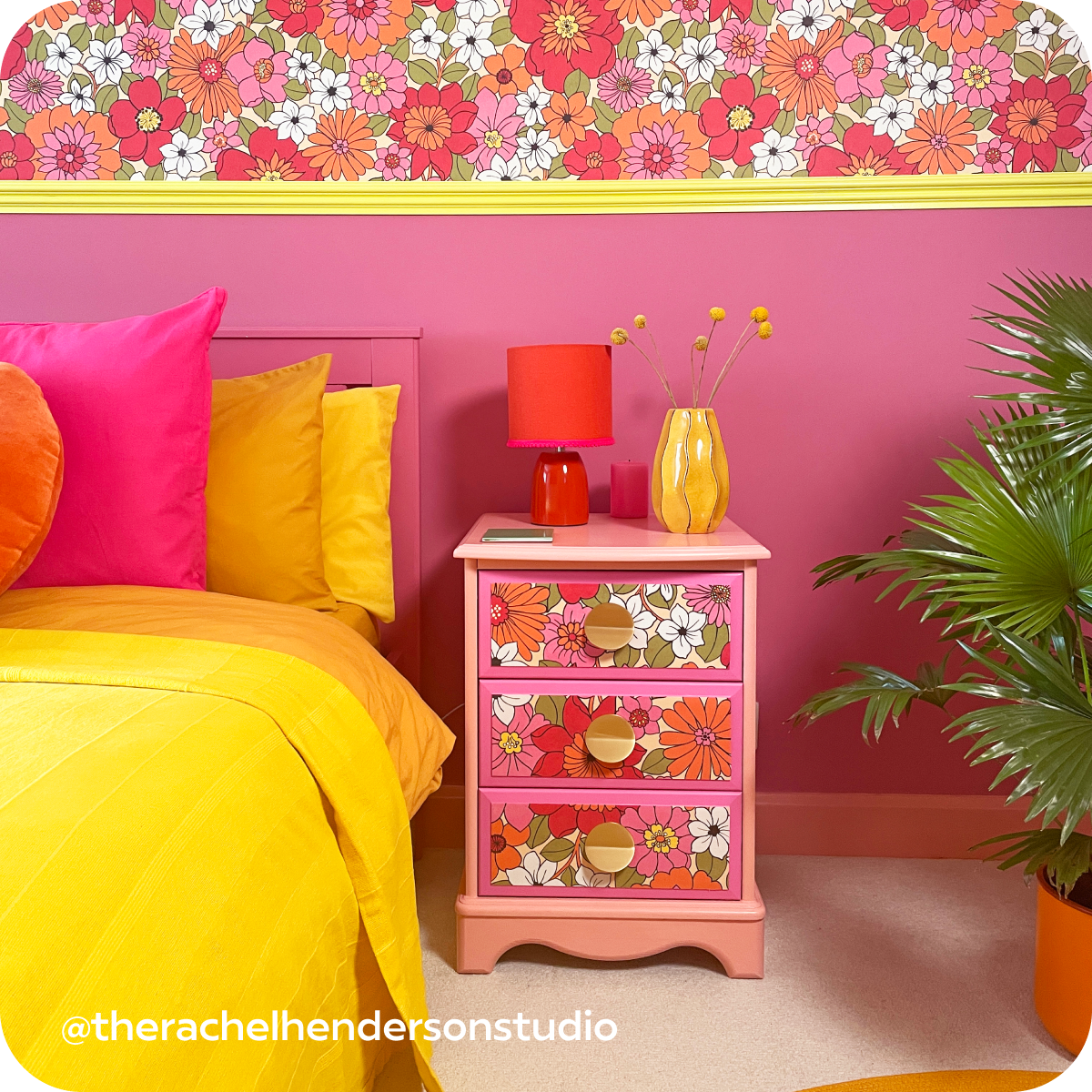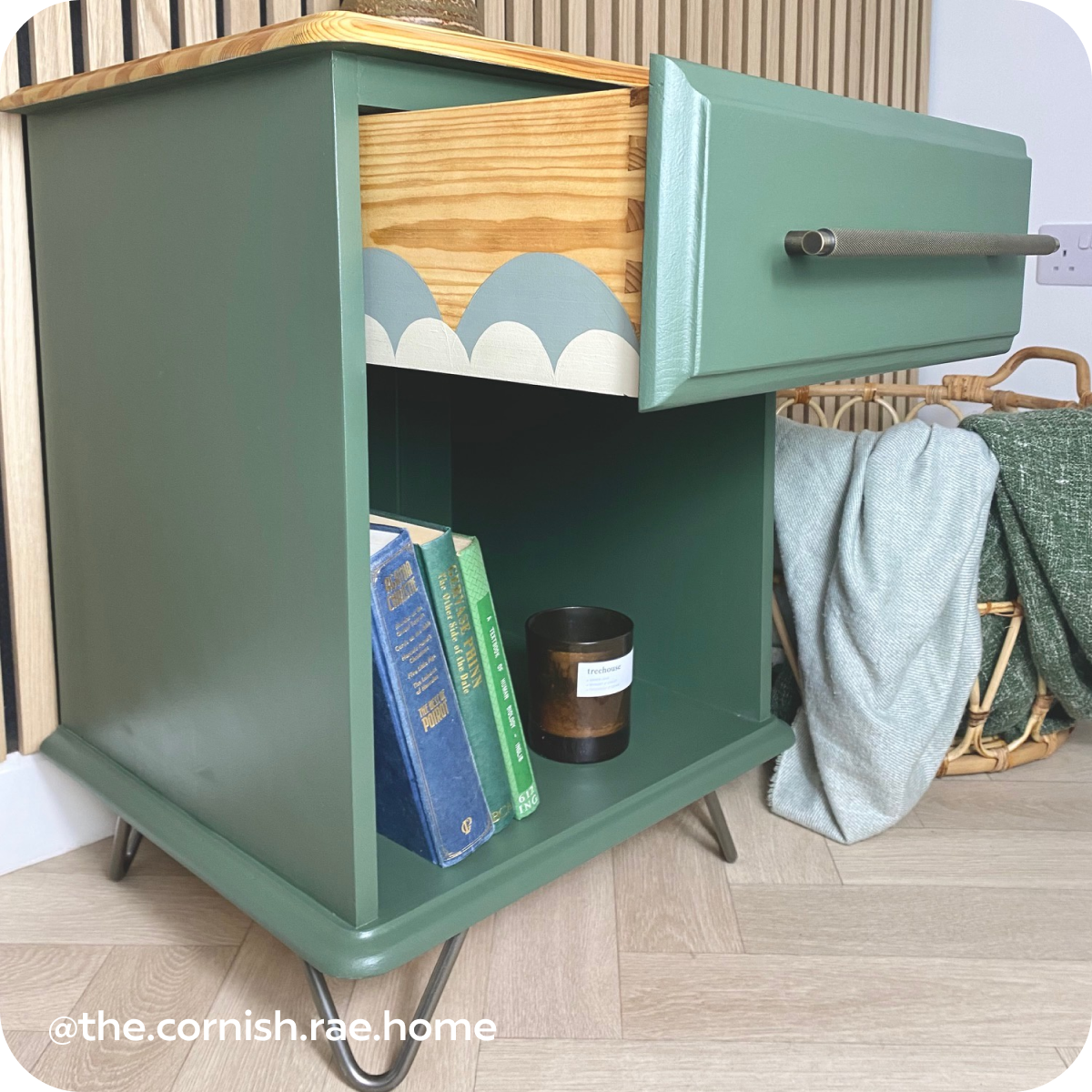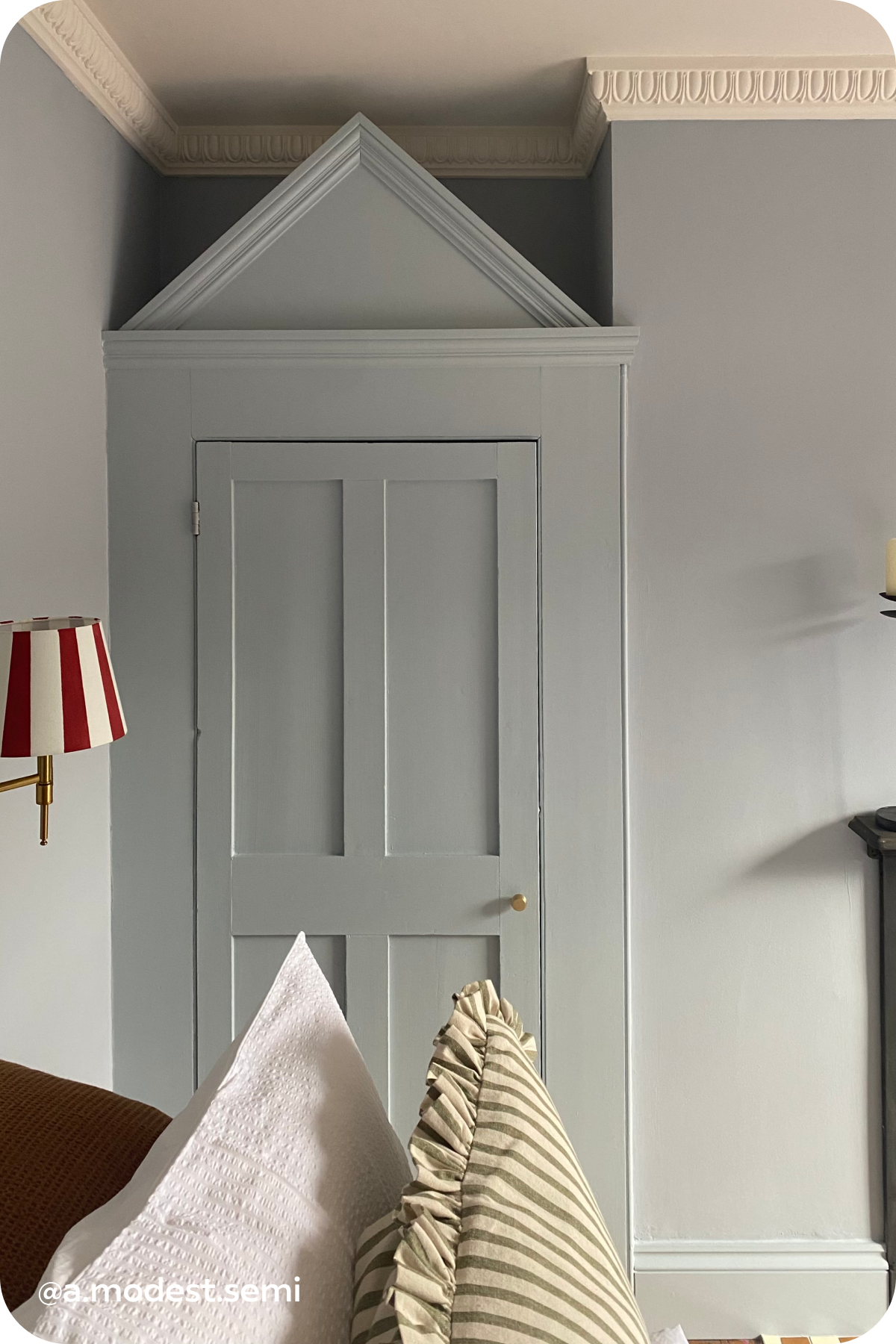How To Renovate Responsibly In 2023
You’re face-to-face with a long-pending renovation project. With so many steps behind constructing your dream home, it’s easy to forget the environment along the way 🌍Whether you’re tackling a loft extension or upgrading your kitchen, we’ll cover how to best renovate your home sustainably, with some help from RESI.Sharn’s no stranger to renovating from the ground-up 🧤
About RESI 🏡
RESI is the UK’s leading home extension architectural platform, helping bring your renovation from idea to build. From architectural design to finding a builder, planning permission to project finance – RESI aims to give clients a stress-free home renovation in just a few clicks 🤝
A completely transparent service that ensures quick progress whilst aligning with your budget, the team at RESI use their expertise to deliver your plan in line with your needs. What more could you ask for? Head over to RESI's website to learn more about their services, here.Why renovate responsibly? 🏞
With the environment being a growing concern, we should look inwards and note how our homes could have a lesser negative impact. Given the existing houses we have at our disposal, RESI believes a larger focus should be put towards making them fit for purpose ⛏RESI’s CEO, Alex Depledge, states, “I get quite frustrated that the national conversation is around how many new houses we’re building. And actually, we build our 100 to 200,000 houses a year which is a very small drop in the ocean. Existing [housing] stock has to be part of the national conversation and it can't just be about building materials”
You’re on the right lines if you’re looking to renovate your home. Now it’s just a matter of doing it responsibly. That includes prioritising energy efficiency and using locally sourced, eco-friendly materials. With some guidance from RESI, here’s the full low-down 👇Low-VOC paint is a great place to start 🖌
Prioritise energy efficiency
Much of our energy is consumed in generating heat. With the UK’s unpredictable and typically chilly weather, that’s no surprise.According to the RESI Happy Homes report in 2020, one of the most impactful features of our homes on our wellbeing is their temperature in winter. Those most unhappy with the temperature in the chilly months reported higher stress levels and lower levels of satisfaction with their homes in general. That’s a major red flag, when your home should be a place of comfort and relaxation 😌 It’s important to assess the needs in your home and retrofit it to get into the very best shape for when it gets chilly again. Retrofitting is when existing spaces are altered to improve their energy efficiency and consumption. It can have real-life, long-term benefits for both you, your pocket and the environment 🌳Insulation
Reduce heat loss by researching improvements to current insulation, particularly at loft or roof level, where most heat is lost through a property. You can also add internal insulation lining to walls 🧱Alex tells us, “whether you opt for loft insulation or cavity wall insulation, improving how your home retains heat can significantly reduce the amount of heat that is leaked from your home.”
This means that when you do turn on your heating, you’re likely not to need it on for as long or as often. That’ll reduce your energy bills and consumption ✅Solar panels
Installing solar panels is a great example of the role renewable energy can play in retrofitting properties for energy efficiency. As a renewable source of power, solar panels help reduce greenhouse gas emissions and mitigate climate change 🌐“Solar panels are a commitment and can be costly to install, but there’s evidence to suggest that the long-term benefits in household cost reductions and environmental impact are worth the investment,” explains Alex.
By producing your own energy, you’ll make plenty of future savings on your energy bills. Noticed your bill prices sky-rocketing? With solar panels, you’ll be conserving energy and consuming it as you please, meaning you’ll be much less affected by fluctuating bill prices 😌
Wondering if solar panels will work well with the UK weather? This is a common misconception, as solar panels just need sunlight to generate electricity, not the sun’s heat ☀ For more on solar panels and their energy efficiency, head to RESI’s guide 📖2. Water-saving design ♒
A huge amount of energy is needed to heat and pump water to our homes. By introducing water-saving designs, you’re saving energy, reducing water bills and as less water is diverted from rivers, you're even helping the environment 🌊Take advantage of rainwater
Rain water harvesting is a fool-proof way of making your home more water efficient – and if you’re on a water metre, it’ll even save you money 💶Use a garden water butt to collect rainwater that’ll then help water garden plants. You could use the redundant cold water tank from your loft to create the garden water butt. That’ll cost you nothing.Try rain garden ducting, whereby rainwater can be directed into soakaway units into flower and vegetable beds. That’ll help make the most of your rainwater and have you reaching for the watering can much less 🌵Improved plumbing indoors
Retrofitting the plumbing in your home is no mean feat, but the benefits could be significant. You’ll not only improve your home’s efficiency and potentially add value to your property for the future, but you’ll also be future-proofing your home against risks that emerge from leaks or faulty pipes 👍“Simple in-house fixing choices are low-flow shower heads and taps, dual flush toilets, digital leak-detectors and other smart technology,” explains Ben Weymes, Associate Technical Lead
These low-cost hacks reduce the amount of water you use in your home by reducing the water flow rate. They’ll also save a great amount of energy, as heating water accounts for a large portion of a home’s energy usage 🚿3. Choose sustainable materials
An easy way of renovating responsibly, is to opt for less carbon-intensive materials. That means naturally-derived materials, which are recyclable or biodegradable.Considered builds
Materials typically used for insulation are energy-intensive to produce and can’t be recycled, such as mineral wool. Try using eco-friendly wall and roof insulation, such as hemp-based bioflex wool and board, which are compostable after use. You can even reuse earth and land spoil to form thermal mass when designing partial basements and submerged structures 🌱“Consider low-carbon design, such as load-bearing timber framing and inherently energy efficient methods of construction, such as using SIPs (or, structural insulated panels),” recommends Alex.
That is, panels of foam sandwiched between boards of wood, all tucked within the external wall. External finishes such as brickwork and render can be achieved with brick slip finishes and render boarding 👌Alex explains that “SIPs produce less wastage than traditional building methods, resulting in less landfill and the waste from panel production is 100% recyclable.”
SIPs deliver energy efficiency through their high insulation, air tightness and low thermal bridging properties, significantly reducing energy costs.Natural interior decor
Look to naturally regenerative materials when reimaging in your home. Cork is a completely natural, environmentally friendly material, that is both biodegradable and recyclable, without producing any toxic residue. As a plus, cork has natural thermal properties, so if you’re introducing cork flooring, there’s no need to lash out on underfloor heating 🍾
Whilst not everything can be made from naturally-derived materials, you can shop decor that is made from recyclable materials. Check out Aluminium hardware, where it’s super lightweight properties mean it’s easier to transport — less energy is required to move it, therefore less emissions are generated in its lifecycle. It’s also resistant to corrosion, so won’t rust 🌟KING in Aluminium tops off Katie’s kitchen perfectly 🖤
4. Buy reclaimed furniture ♻
Materials that are used to make furniture often aren’t biodegradable, building up in landfills and releasing chemicals harmful to the environment. By shopping for reclaimed furniture, you can reduce such landfill waste. Reclaimed wooden furniture is readily available online, including everything from bedside tables to sideboards.
If you’re feeling crafty, shop from second-hand stores and upcycle furniture yourself. You’re bound to find some out-dated pine furniture that you can easily put your own stamp on, with some leftover paint, wallpaper cut-offs and hardware 👷♀️5. Extend the theme to landscaping 👩🌾
With a roof above our head, why not make the most of it and make it a green roof? A green roof is a roof covered entirely or just partially in plants and vegetation.“Green roofs reduce the amount of rainwater burdening the main sewer, whilst also preventing water damage to your property,” says Ben.
A green roof even purifies the air, regulates indoor temperature and encourages biodiversity in the city 🐦Whether on your green roof or just your garden, try planting wildflowers. They’re a valuable support for wildlife – providing bees, butterflies and other pollinators with food throughout the year 🌷Get renovating 🧰
You should now feel equipped will all the knowledge you need to start renovating your home responsibly. Before you get cracking, RESI have shared a limited offer, exclusive to our community.Get £250 off a RESI design package, by clicking the link below. You’ve got until 31/07/2023, before it expires 🕖Then, share your home renovation progress, by tagging us at @plankhardware and @resi_uk


